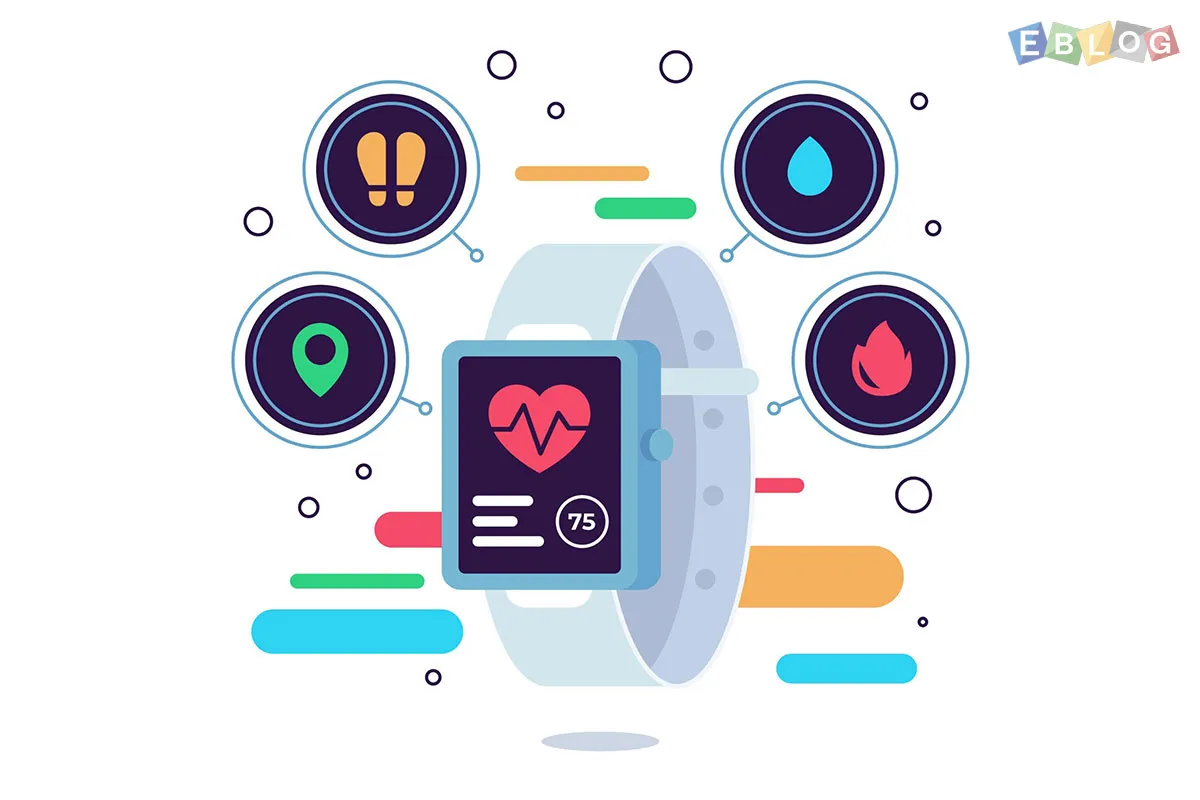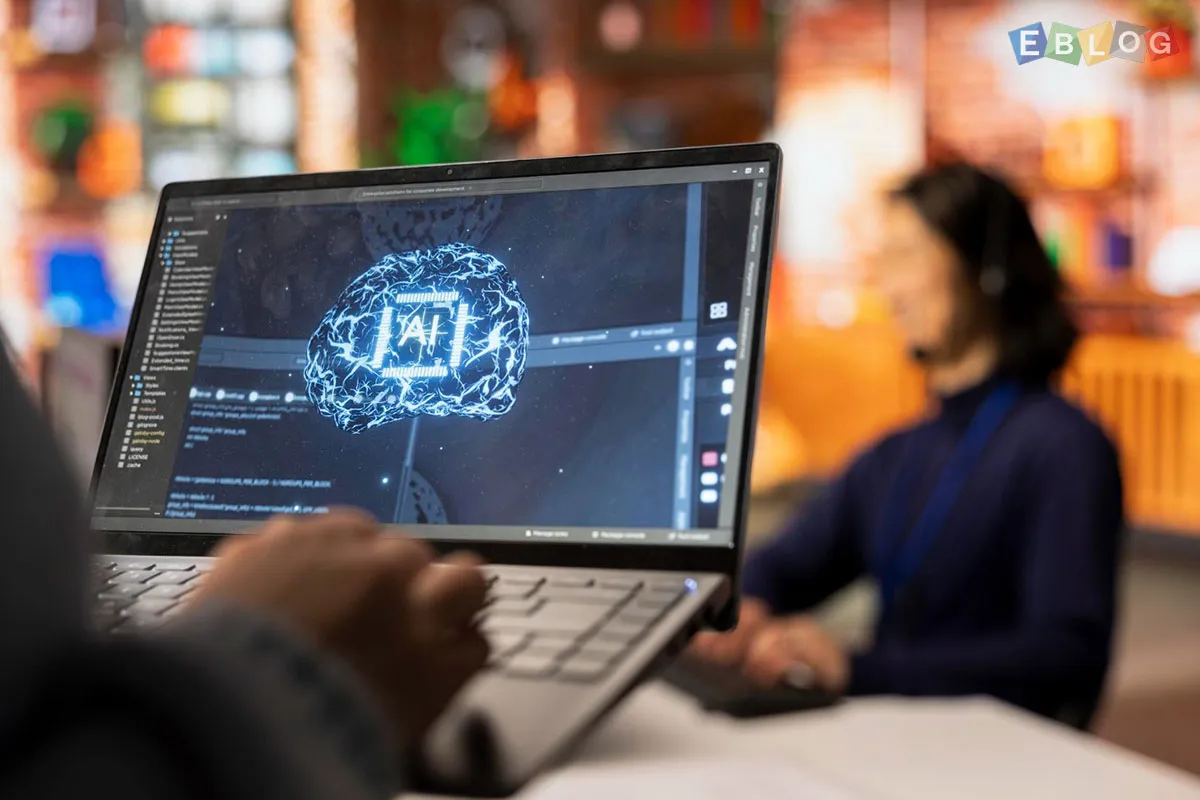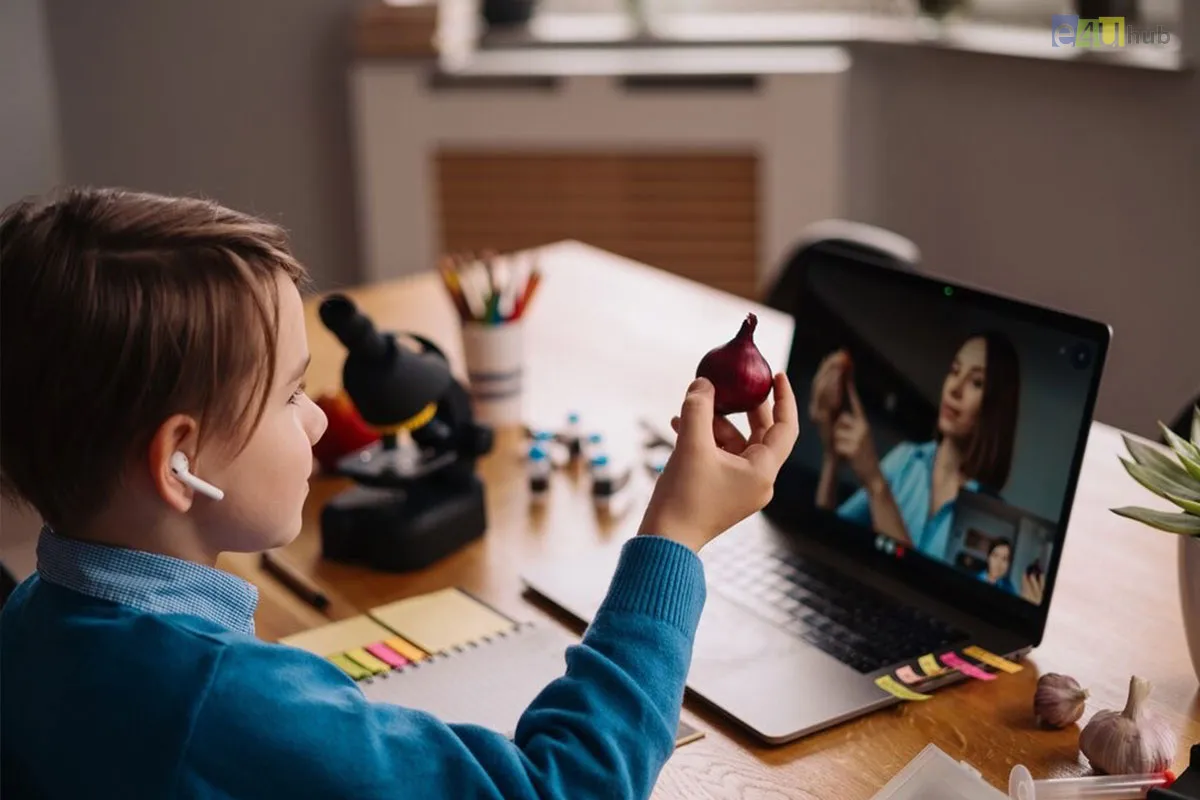
A Day in the Life of a Remote Software Engineer
- 09 Sep, 2025
- Education
- 259 Views
- 0 Comments
The digital age has transformed the way people work, and one of the most prominent examples is the rise of remote software engineering. Gone are the days when software developers were confined to office cubicles. Today, many engineers work from the comfort of their homes, coffee shops, or even while traveling. But what does a typical day in the life of a remote software engineer actually look like?
Morning: A Calm and Flexible Start
The day often begins without the rush of traffic or the stress of commuting. Most remote software engineers start their mornings between 7:00 and 9:00 AM, depending on personal preference and time zone coordination with the team. After waking up, many take time for a morning routine—this could include exercise, meditation, breakfast, or simply enjoying a cup of coffee.
By 9:00 AM, the engineer typically checks emails, updates their calendar, and reviews messages on communication platforms such as Slack or Microsoft Teams. This sets the tone for the day, helping them understand what meetings are scheduled and which tasks need to be prioritized.
Late Morning: Standups and Focused Work
Around 10:00 AM, many teams hold a "daily standup"—a quick meeting where each member shares what they’re working on, any roadblocks they’re facing, and goals for the day. These meetings are often conducted via video conferencing tools like Zoom or Google Meet, allowing teams from different regions to stay in sync.
After standup, the remote engineer enters a period of deep focus, often referred to as "deep work." This is when the real coding happens. Whether it’s building new features, fixing bugs, or reviewing other developers’ code, this is a highly productive time with minimal distractions.
Afternoon: Collaboration and Iteration
After lunch—usually taken at home or outside, depending on personal preference—the afternoon often involves more collaborative work. This could include pair programming sessions, design reviews with UI/UX teams, or strategy meetings with product managers. Communication is key, especially in a remote setup, so clear writing and regular updates are part of the engineer’s responsibilities.
Engineers also spend this time refining their code, writing documentation, or testing features before deploying them. Tools like GitHub, Jira, and Trello help manage tasks and track progress.
Evening: Wrap-Up and Wind Down
By late afternoon or early evening, the remote software engineer starts wrapping up the day. They update their progress on the team board, commit any changes to the code repository, and make notes for the next day. Some teams have end-of-day check-ins, while others rely on asynchronous updates.
The flexibility of remote work allows engineers to end their workday earlier or later, depending on deadlines and personal preference. This flexibility is often seen as one of the biggest perks of working remotely.
Benefits and Challenges
Remote software engineering offers many advantages: flexible hours, the ability to work from anywhere, and a better work-life balance. However, it also comes with challenges such as isolation, time zone differences, and the need for strong self-discipline.
To succeed in this environment, remote engineers must develop strong communication skills, maintain structured routines, and set clear boundaries between work and personal life.
Conclusion
A day in the life of a remote software engineer is a blend of technical problem-solving, self-management, and virtual collaboration. While the freedom and flexibility are undeniable, the role also requires discipline, adaptability, and effective communication. As remote work becomes more common, the lives of software engineers continue to evolve—proving that productivity isn’t about where you work, but how you work.















Leave a Reply